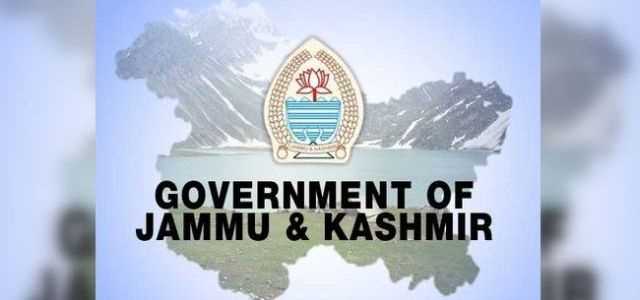
Connectivity has been one of the key issues that people of Kashmir are facing since times immemorial. When the region was under the rule of Dogra monarchs and perhaps even earlier as well, the rulers would spend six nice summer months to enjoy the pleasant climes of Kashmir. But even before the winter had arrived, they would flee to Jammu, leaving Kashmiris at the mercy of Gods. This tradition was continued even after the country’s independence with the darbar of the successive governments halting in Kashmir for six months of summer and moving to Jammu for the six winter months. Given the pathetic condition of the Srinagar-Jammu national highway, the distance between the two regions of the state looked astronomical. For a distance of merely 300 km between the two capitals of Jammu and Kashmir which ideally should not take more than four to six hours, even today it sometimes takes days to cover this short distance. The scene is not different when it comes to Srinagar-Leh highway which remains closed for most of the year due to the treacherous road conditions. Even few hours of inclement weather turns this highway useless. This lack of connectivity pushed Kashmir into a developmental black-hole. While the rest of the country has reaped the fruits of prosperity India has seen in past two to three decades, the economic landscape of Kashmir remained stagnant. But the situation is seemingly beginning to change for good. Authorities have made a breakthrough in connecting Kashmir with the arid Ladakh region by opening one of the two tubes of Z-Morh tunnel between Sonamarg and Gagangir which will provide all weather connectivity between Srinagar and Kargil in the union territory of Ladakh. The tunnel will also provide seamless connectivity to the tourists travelling to Sonamarg during winters and will also be used for strategic movement, according to officials. There is more good news. The construction on four-laning of the strategic Jammu-Srinagar highway, the cause of much suffering for people of Kashmir, has reached another milestone with the authorities carrying out trial run on the Banihal-Qazigund tunnel which will cut the distance between the two capital cities of J&K by another 16 metres and also skip the treacherous road that is often hit by landslides and shooting stones. These two highways are the lifelines of Kashmir. But they have been ignored for long. Once their development is complete, they will become a turning point for the country’s newest union territory.

Connectivity has been one of the key issues that people of Kashmir are facing since times immemorial. When the region was under the rule of Dogra monarchs and perhaps even earlier as well, the rulers would spend six nice summer months to enjoy the pleasant climes of Kashmir. But even before the winter had arrived, they would flee to Jammu, leaving Kashmiris at the mercy of Gods. This tradition was continued even after the country’s independence with the darbar of the successive governments halting in Kashmir for six months of summer and moving to Jammu for the six winter months. Given the pathetic condition of the Srinagar-Jammu national highway, the distance between the two regions of the state looked astronomical. For a distance of merely 300 km between the two capitals of Jammu and Kashmir which ideally should not take more than four to six hours, even today it sometimes takes days to cover this short distance. The scene is not different when it comes to Srinagar-Leh highway which remains closed for most of the year due to the treacherous road conditions. Even few hours of inclement weather turns this highway useless. This lack of connectivity pushed Kashmir into a developmental black-hole. While the rest of the country has reaped the fruits of prosperity India has seen in past two to three decades, the economic landscape of Kashmir remained stagnant. But the situation is seemingly beginning to change for good. Authorities have made a breakthrough in connecting Kashmir with the arid Ladakh region by opening one of the two tubes of Z-Morh tunnel between Sonamarg and Gagangir which will provide all weather connectivity between Srinagar and Kargil in the union territory of Ladakh. The tunnel will also provide seamless connectivity to the tourists travelling to Sonamarg during winters and will also be used for strategic movement, according to officials. There is more good news. The construction on four-laning of the strategic Jammu-Srinagar highway, the cause of much suffering for people of Kashmir, has reached another milestone with the authorities carrying out trial run on the Banihal-Qazigund tunnel which will cut the distance between the two capital cities of J&K by another 16 metres and also skip the treacherous road that is often hit by landslides and shooting stones. These two highways are the lifelines of Kashmir. But they have been ignored for long. Once their development is complete, they will become a turning point for the country’s newest union territory.
© Copyright 2023 brighterkashmir.com All Rights Reserved. Quantum Technologies